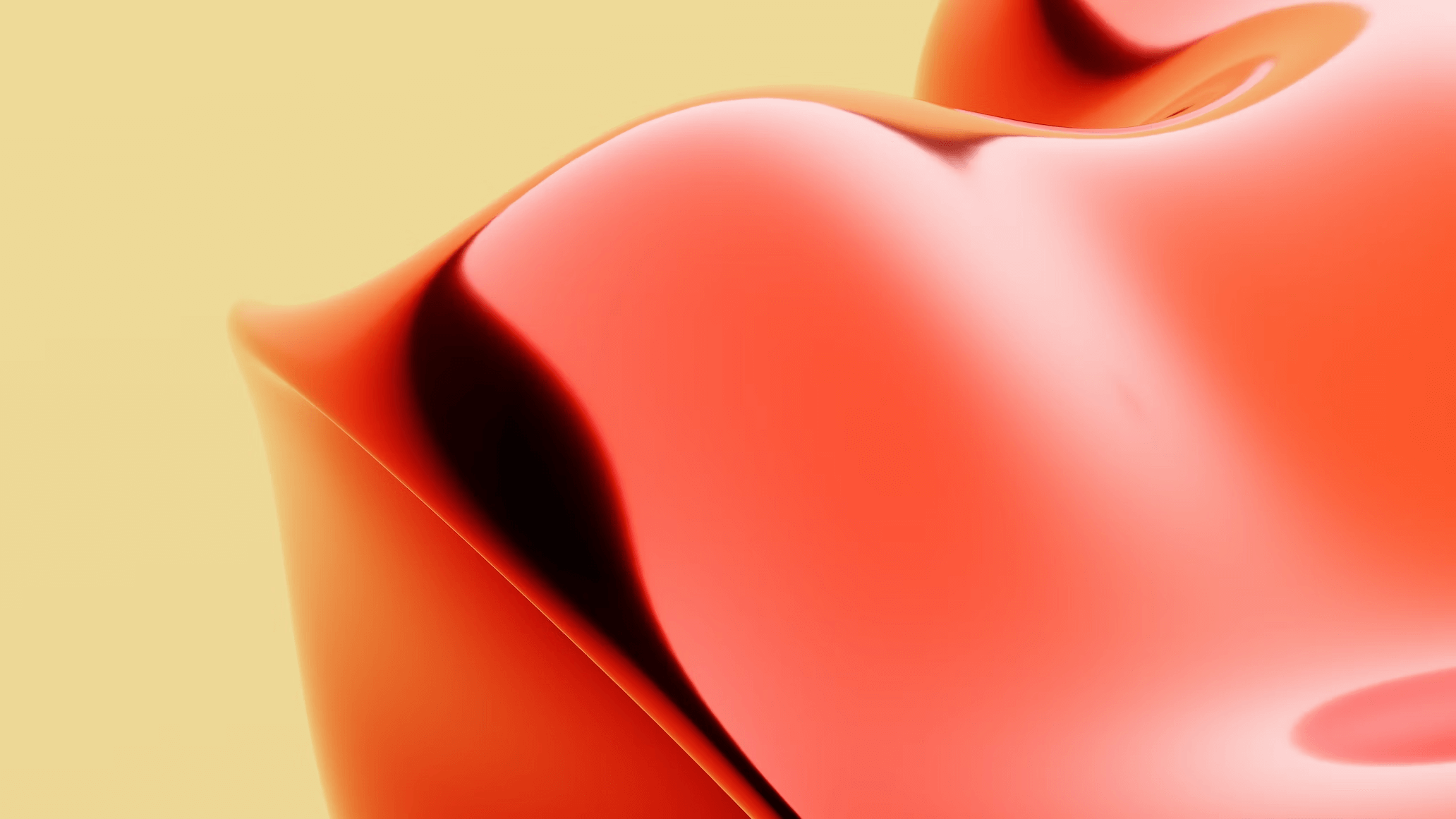
Sculpture: The Art of Three-Dimensional Form
Concept and History of Sculpture
Sculpture is one of humanity’s oldest art forms, showcasing human creativity by crafting three-dimensional forms from diverse materials. From the rudimentary sculptures of prehistoric humans to the sophisticated masterpieces of the modern era, sculpture consistently reflects the culture, society, and ideology of each period. The history of sculpture spans numerous stages, from prehistoric sculpture with its simple imagery, to ancient Egyptian sculpture with its colossal statues, ancient Greek and Roman sculpture with its perfection of form and proportion, Renaissance sculpture with the revival of humanism, and the diverse and experimental modern styles.
Materials and Techniques in Sculpture
Materials: Sculpture utilizes a vast array of materials, ranging from traditional materials such as stone, wood, clay, metals (bronze, iron, gold…), to modern materials like concrete, composite resins, glass, and even recycled materials. The choice of material depends on the artist’s concept, technique, and style.
Techniques: Various sculpture techniques exist, including subtractive sculpture, additive sculpture, and casting. Subtractive sculpture involves removing excess material from a solid block to create the form, such as stone carving. Additive sculpture involves accumulating material to create the form, such as clay modeling. Casting involves creating a mold and pouring liquid material into it.
Sculpture Styles
From realism to abstraction, each sculpture style possesses its own unique language, reflecting the artist’s artistic perspective and philosophy. Some prominent sculpture styles include: realistic sculpture, symbolic sculpture, abstract sculpture, surrealist sculpture, minimalist sculpture… Each style has distinct characteristics in form, material, and expression.
Famous Sculptures
The world of sculpture boasts immortal masterpieces, passed down through centuries. Statues such as Michelangelo’s David, the Venus de Milo, Donatello’s Madonna and Child, or Rodin’s The Thinker… are not only magnificent works of art but also endless sources of inspiration for subsequent generations of artists.
Sculpture in Modern Life
Today, sculpture maintains a significant role in cultural and artistic life. Sculptures are displayed in museums, exhibitions, and public spaces, enhancing urban aesthetics and creating distinctive cultural landmarks. Furthermore, sculpture is applied in various fields, such as interior design, architecture, and product design…
RELATED POSTS
View all
